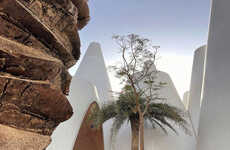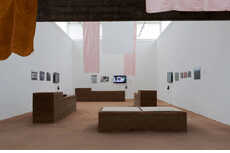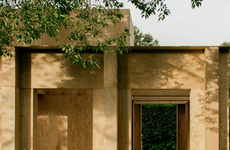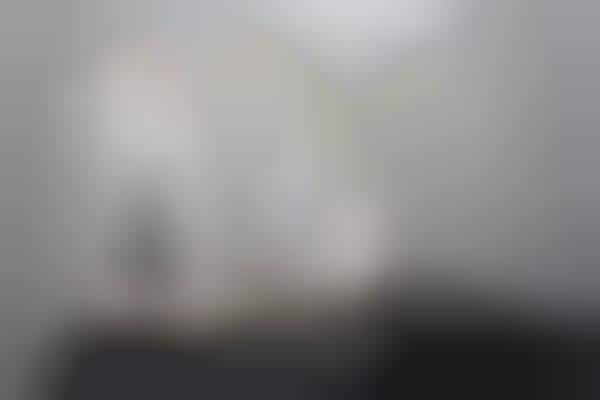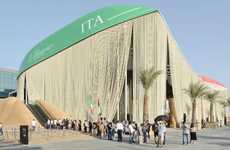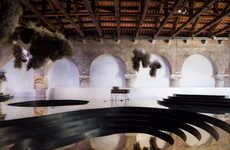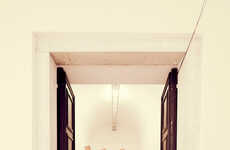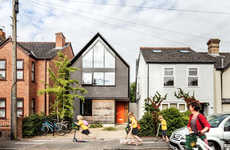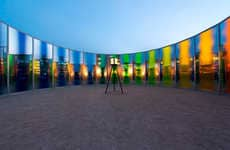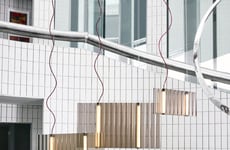
The Austrian Pavilion Questions Government Structures
Jamie Danielle Munro — June 18, 2014 — Art & Design
References: labiennale.at & designboom
The Austrian Pavilion at the Venice Biennale event questions government structures, and their role in modern society. The name of the exhibition is titled 'Plenum. Places of Power,' and has an extremely white-washed look.
The pavilion was put together by Christian Kühn, who "examines the legitimation of power, considering what governmental structures look like and their relationship with the public they are meant to serve," according to DesignBoom. The parliaments are actually stuck to the wall in miniature form, and look like ornaments attached to a flat surface. This way visitors can take in the meaning of a large variety of parliament buildings, instead of just a select few. These small representations come with information on the life-sized versions of the buildings so that viewers can learn more.
Photo Credits: designboom, labiennale.at
The pavilion was put together by Christian Kühn, who "examines the legitimation of power, considering what governmental structures look like and their relationship with the public they are meant to serve," according to DesignBoom. The parliaments are actually stuck to the wall in miniature form, and look like ornaments attached to a flat surface. This way visitors can take in the meaning of a large variety of parliament buildings, instead of just a select few. These small representations come with information on the life-sized versions of the buildings so that viewers can learn more.
Photo Credits: designboom, labiennale.at
Trend Themes
1. Government Structures - Disruptive innovation opportunities could include designing new models for governing and decision-making processes.
2. Miniature Representations - Disruptive innovation opportunities could involve creating interactive and educational experiences using miniature replicas of buildings or objects.
3. Information Accessibility - Disruptive innovation opportunities could revolve around the development of user-friendly information platforms to enhance learning and understanding of complex concepts.
Industry Implications
1. Architecture - Disruptive innovation opportunities could arise in architectural design to create buildings that challenge traditional norms and evoke thoughtful reflection.
2. Education - Disruptive innovation opportunities could emerge in educational technology and museum exhibitions to provide immersive and interactive experiences for learners.
3. Government Services - Disruptive innovation opportunities could involve reimagining government services and processes to enhance transparency, efficiency, and citizen engagement.
1.2
Score
Popularity
Activity
Freshness

